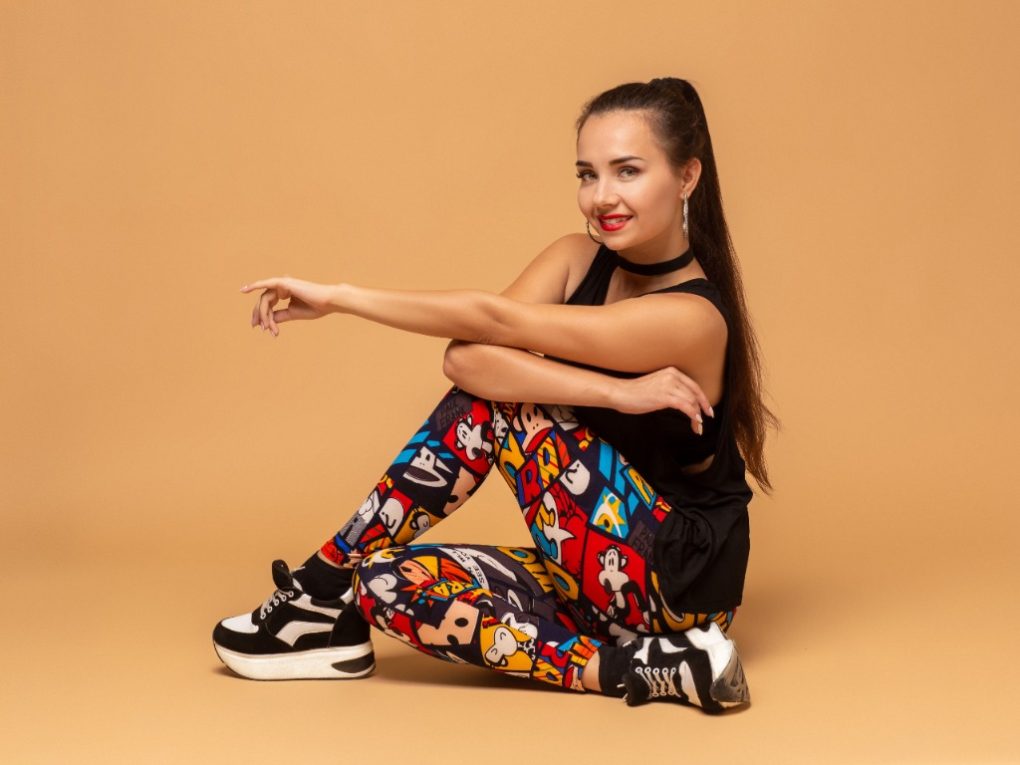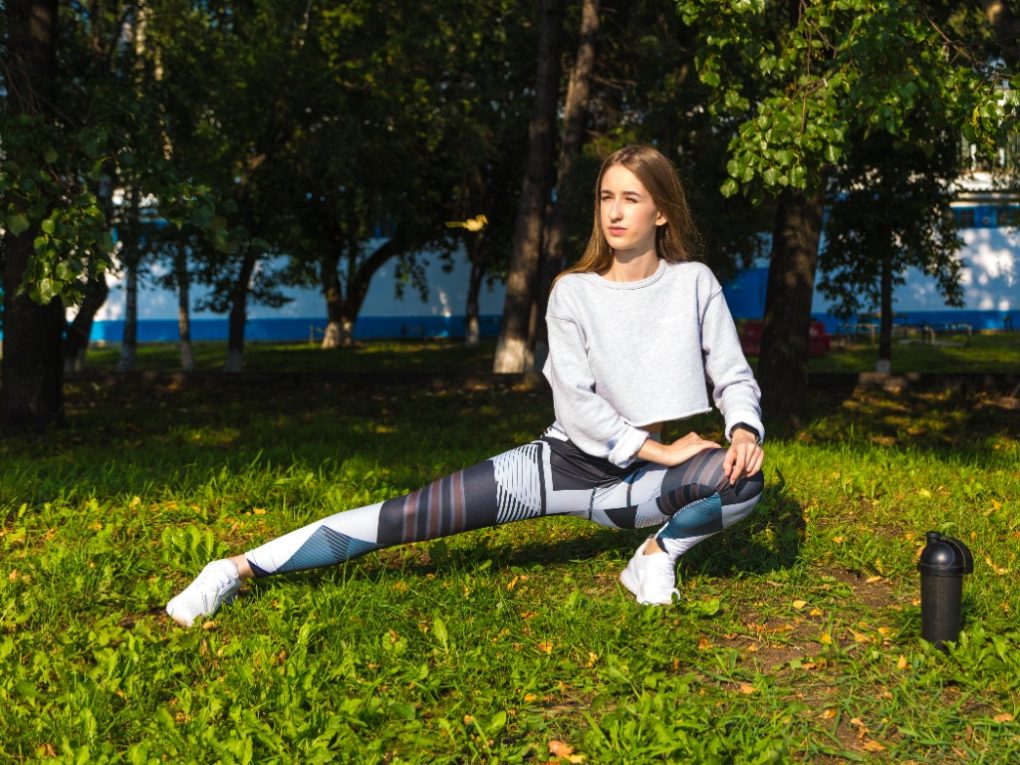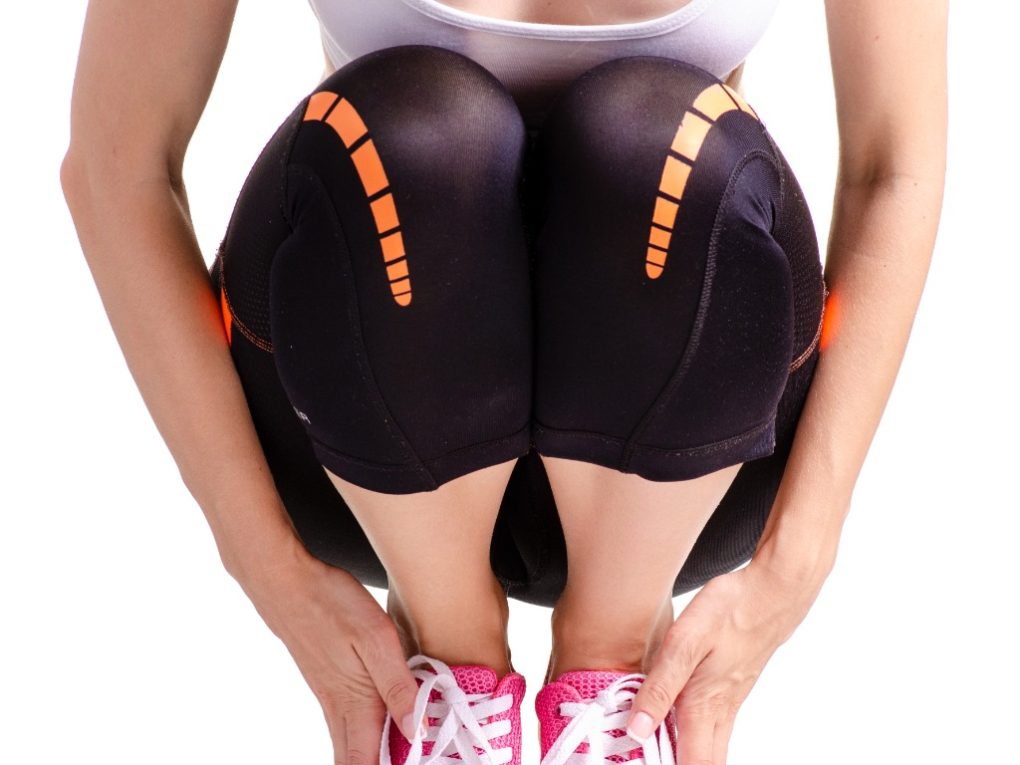When Do Leggings Go Wrong: Common Mistakes to Avoid
Choosing the wrong top is one of the most common mistakes when wearing leggings. Shimmering or fancy tops, baby doll dresses, and formal outfits should be avoided when wearing leggings. Leggings are considered casual attire and should be paired with appropriate tops like t-shirts, sweaters, or tunics.


Another common issue with leggings is when they roll down or slip during wear. This can be avoided by choosing the right size, opting for compression fabrics, selecting leggings with a wide elastic waistband, wearing high-waisted leggings, or choosing adjustable waistband drawstrings.
What to Avoid When Wearing Leggings
Wrong Top
When choosing a top to wear with leggings, people often need to select a longer or tight top, resulting in an unbalanced and unflattering outfit. Choosing a top that is too short is a common mistake when pairing it with leggings.
Leggings are typically form-fitting and hug the body’s curves, so wearing a too-short top can result in the leggings riding up and revealing more of the lower body than intended. This can lead to discomfort and self-consciousness. Therefore, choosing a top long enough to cover the hip and buttock area is important, providing appropriate coverage and creating a balanced silhouette.
Opting for a top that is too tight can also be a mistake. Leggings are generally tight-fitting, and pairing them with an equally tight top can create an overly clingy and unflattering look. This can emphasize every bump and bulge and make the outfit appear too revealing or inappropriate for certain occasions.
Choosing a relaxed or slightly loose top is important, creating a sense of balance and harmony with the snug fit of the leggings. Overlooking the fabric of the top is another mistake.
Leggings are often made from stretchy and smooth fabrics, such as spandex or nylon, which are form-fitting and provide a sleek look. Wearing a top made from a similar fabric can result in the two pieces sticking together and causing discomfort. Choosing a top made from a breathable and lightweight fabric, such as cotton or rayon, is important, which can contrast texture and allow for ease of movement.
Neglecting the proportion of the top with leggings is also a mistake. Leggings are generally slim-fitting, so pairing them with an oversized or overly bulky top can create an unbalanced and frumpy appearance.
Choosing a top that complements the slim silhouette of the leggings, such as a tunic top, a flowy blouse, or a longer sweater, provides appropriate coverage while maintaining a sense of proportion and balance.


Failing to consider the occasion is another mistake when choosing a top for leggings. Leggings are often seen as casual wear, but they can also be dressed up for more formal or semi-formal occasions.
Wearing too-casual or too-top leggings can create a mismatched dressy look. It’s crucial to consider the dress code and formality of the occasion and choose an appropriate top that complements the outfit’s overall style.
Sizing and Fit Issues
Leggings are designed to fit snugly to the body, but if they are too tight, they can be uncomfortable and restrict movement. Overly tight leggings can dig into the skin, cause discomfort around the waistband, and create unflattering bulges.
Choosing leggings that are true to your size and provide a comfortable and supportive fit without being excessively tight is important. Leggings come in various lengths, including full-length, ankle-length, and Capri-length. Choosing the wrong length can result in fit issues.
Leggings that are too short may ride up and constantly need to be pulled down, while leggings that are too long may bunch up around the ankles or cause tripping hazards. So it’s crucial to select leggings with the appropriate length that suits your body shape, height, and intended purpose of wear.
The waistband of leggings can also cause fit issues. Leggings typically have elasticized waistbands, which can vary in width and tightness. Too tight waistbands can dig into the skin, create discomfort, or cause the leggings to slide down during wear.
On the other hand, waistbands that are too loose may result in the leggings slipping down or not staying in place. So it’s important to choose leggings with a waistband that fits comfortably around your waist without being too tight or loose.
The stretch and recovery of the fabric used in leggings can also impact the fit. Leggings should have an appropriate amount of stretch to allow for ease of movement but also should recover well to retain their shape after wearing and washing.
Leggings with poor stretch and recovery may feel tight, lose shape quickly, or become baggy and ill-fitting. Choosing leggings made from high-quality fabrics that offer good stretch and recovery to ensure a good fit is important.


Opacity is another sizing and fit issue that can arise with leggings. Leggings that are too thin or made from low-quality fabric may be see-through when stretched, which can be undesirable and unsuitable for certain occasions or activities. Therefore, choosing opaque leggings that provide adequate coverage is important to avoid transparency issues.
Body shape can also impact the fit of leggings. Different body shapes, such as hourglass, pear, apple, or rectangle, have different proportions, curves, and fit preferences. Leggings that fit well on one body shape may not fit the same way on another. Therefore, it’s important to consider your body shape and choose leggings to fit and flatter your specific body type.
Visible Panty Lines
Visible panty lines refer to the outline or appearance of undergarments, typically panties, that can be seen through clothing, including leggings. It can be a common issue when wearing leggings, as they are usually made from tight-fitting fabric that can conform to the body’s contours, including the buttocks and hips, making any lines or bumps more noticeable.
Leggings made from thin or lightweight fabric may not provide enough coverage to conceal the lines of undergarments. Fabrics with low opacity or not specifically designed to minimize VPL may allow the lines of panties to show through, creating visible panty lines.
Leggings are meant to fit snugly to the body, and if they are too tight, they can press against the skin and cause the lines of undergarments to become more pronounced. Too tight leggings around the hips, waist, or buttocks can create indentations or bulges, making VPL more noticeable.
The type of underwear worn with leggings can also affect the visibility of panty lines. Underwear with thick seams, lace, or other textured details can create lines or patterns visible through leggings. Opting for seamless or smooth-finish underwear can help minimize VPL.
Wearing too tight or loose underwear can also contribute to visible panty lines. For example, too-small underwear can dig into the skin, creating lines, while too-big underwear can bunch up or create wrinkles, which can be visible under leggings.
The color and pattern of underwear can also impact the visibility of panty lines. For example, wearing bright or contrasting-colored panties under leggings can make the lines more noticeable, especially if the leggings are light in color. Similarly, panties with bold patterns or prints can create visible lines through leggings.
Styling Tips for Leggings
When it comes to leggings, fabric and color are key. Opt for leggings made of heavy fabric that are not see-through, as this can be a common issue. Black leggings are a classic choice, but don’t be afraid to experiment with other colors. Instead, darker colors are more forgiving, while lighter colors can be more revealing.


To avoid any fashion mishaps, it’s important to pair leggings with the right tops or dresses. Long tops or dresses covering the hips and bottom are a safe bet, as they provide more coverage and balance the silhouette. Avoid wearing leggings with shorts or crop tops, which can create an unflattering look.
Accessories can elevate any outfit, and leggings are no exception. Add a belt to cinch the waist and create a more defined silhouette. Scarves, hats, and jewelry can also add personality to your outfit. For example, regarding shoes, ankle boots, sneakers, and flats are all great options that I pair with leggings.
When styling leggings, it’s important to focus on balance and proportion. For example, pairing leggings with the right tops or dresses, choosing the right fabric and color, and accessorizing thoughtfully can help create a stylish look.
